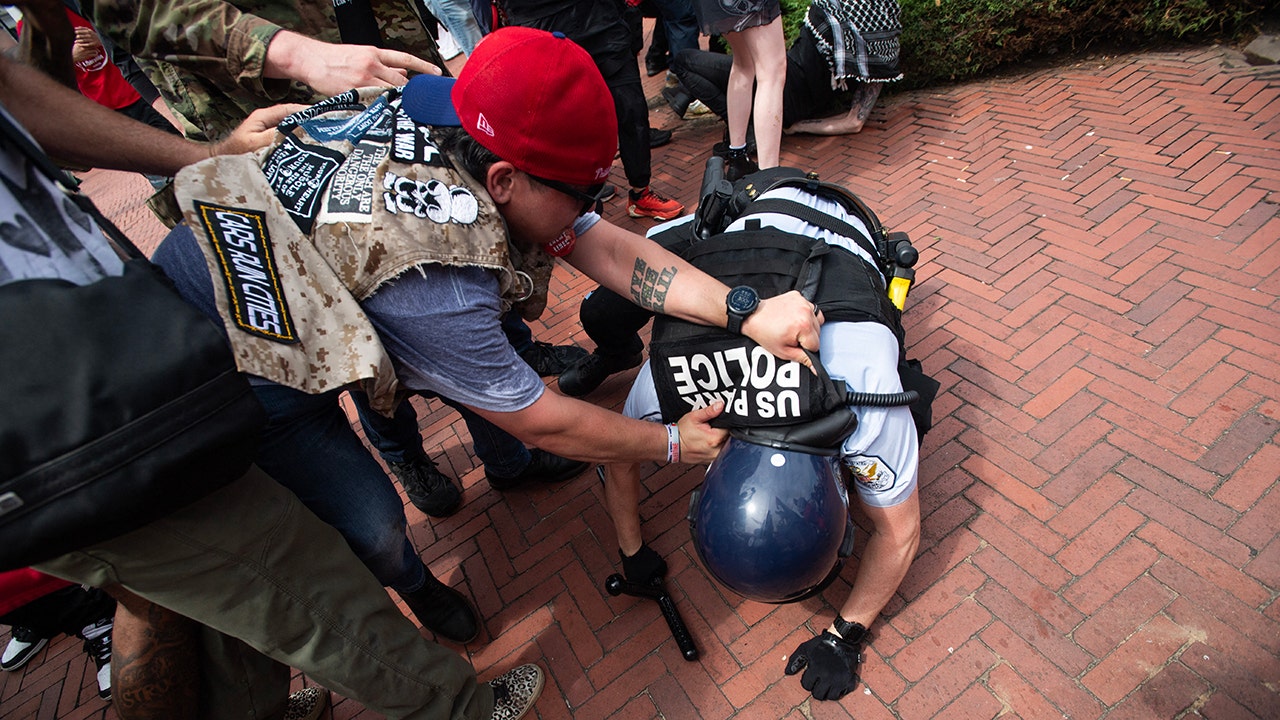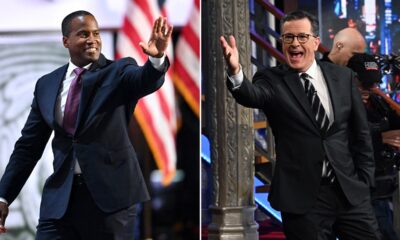Twelve people were injured as a result of turbulence during a Qatar Airways flight from Doha to Ireland, Dublin Airport said on Sunday.
Emergency services attended to six passengers and six crew members “reporting injuries after the aircraft experienced turbulence while airborne over Turkey”, the airport said in a statement.
Despite the incident, the Boeing 787 Dreamliner — Flight QR017 — landed safely and on schedule just before 1pm local time, the airport said.
The rough air conditions struck during meal service and lasted less than 20 seconds, according to passengers interviewed by Irish broadcaster RTE.
This comes five days after a bout of extreme turbulence on a Singapore Airlines flight from London to Singapore resulted in a fatality and more than 100 injuries.
Turbulence remains a consistent though rare cause of non-fatal injuries in aviation, according to the International Air Transport Association, with about 12 injuries on average reported a year. The problem is being exacerbated by changing climate conditions that make such events more frequent and severe.
Clear-air turbulence, which is invisible and unpredictable, remains a particularly significant challenge for the industry.
A 73-year old British man died on Tuesday after flight SQ321 hit turbulence at 37,000 feet over the Myanmar-Thai border, 10 hours into its flight between London Heathrow Airport and Singapore.
That flight made an emergency landing in Bangkok, Thailand.
Singapore’s prime minister promised a “thorough investigation” into the incident on Wednesday, while Singapore Airlines told news outlets that it had introduced a “more cautious approach” to turbulence, including tightening rules on using seatbelt for its flights.
Modern aircraft are designed to withstand severe turbulence, but the unpredictability and suddenness of these events continue to pose safety concerns, particularly for flight attendants and passengers not wearing seatbelts during unanticipated disturbances.
Efforts to mitigate turbulence risks include enhancing data collection and real-time reporting systems to better predict and avoid such conditions.





























